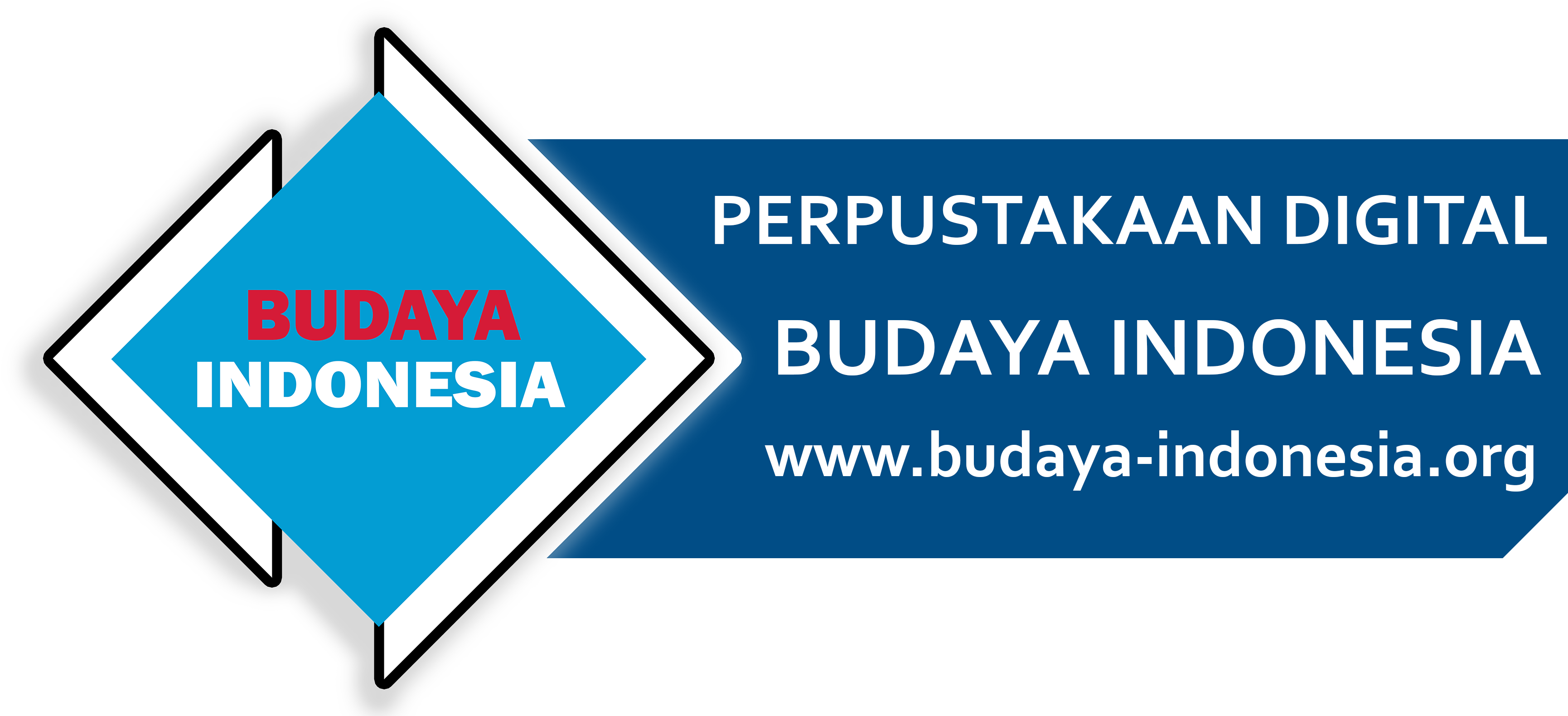Exploring Ancient Architectural Designs with Cellular Automata
The paper discusses the utilization of three-dimensional cellular automata employing the two-dimensional totalistic cellular automata to simulate how simple rules could emerge a highly complex architectural designs of some Indonesian heritages. A detailed discussion is brought to see the simple rules applied in Borobudur Temple, the largest ancient Buddhist temple
Borobudur was Built Algorithmically
The self‐similarity of Indonesian Borobudur Temple is observed through the dimensionality of stupa that is hypothetically closely related to whole architectural body. Fractal dimension is calculated by using the cube counting method and found that the dimension is 2.325, which is laid between the two‐dimensional plane and three dimensional space.
Constructing the Phylomemetic Tree, Case of Study: Indonesian Tradition-Inspired Buildings
The paper discusses the importance of phylomemetic visualization to approach the cultural diversity in the social system like Indonesia, and thus revisit formal methodology regarding to the construction of the phylomemetic tree as an inspiration lent from the phylogenic analysis. A case of study is presented regarding to the data
The Indonesian Traditional “Fractalist”
An information era has changed the way modern people living their life. When the manufacturing-centered industrial economy was introduced [6] with the electricity and electronics, the hi-tech social life was embraced by our ability to reproduce, replicate, and reshape knowledge. From there, information has become the center of social life.
Memetics of Ethno‐clustering Analysis
The works on phylomemetic trees related to certain cultural artifacts of ethnic cultures in Indonesian archipelago is advanced by the proposal of methodology that can yield a cultural tree reflecting the superposition of traditional song, architectural designs, and motif designs in fabric phylomemetic tree. The methodology used is by having
Cellular-Automata and Innovation within Indonesian Traditional Weaving Crafts
The paper reports the possibility of Indonesian traditional artisans of weaving designs and crafts to explore the cellular automata, a dynamical model in computation that may yield similar patterns. The reviews of the cellular automata due to the perspective of weaving process reveals that the latter would focus on macro-properties,
The Phylomemetics of Batik
The paper reports the analysis of phylomemetic tree onto batik motifs developed uniquely in all corners of living and in the heart of tradition of Indonesian people. The diversity is visualized, be it classical traditional motifs and the ones recognized to be recently innovated. This is the first important thing
Computational Batik Motif Generation: Innovation of Traditional Heritage by Fractal Computation
Human‐computer interaction has been the cause of the emerging innovations in many fields, including indesign and art, architectural, technological artifacts, and even traditional heritage. In the case of Indonesian traditional heritages, the computation of fractal designs has been introduced to develop batik design – the genuine textile art and skill
The computational generative patterns in Indonesian batik
The paper discusses the terminology behind batik crafting and showed the aspects of self-similarity in its ornaments. Even though a product of batik cannot be reduced merely into its decorative properties, it is shown that computation can capture some interesting aspects in the batik-making ornamentation. There are three methods that
Evolutionary Clustering in Indonesian Ethnic Textile Motifs
The wide varieties of Indonesian textiles could reflect the varsity that has been living with the diversity of Indonesian ethnic groups. Meme as an evolutionary modeling technique promises some conjectures to capture the innovative process of the cultural objects production in the particular collective patterns acquainted can be regarded as


